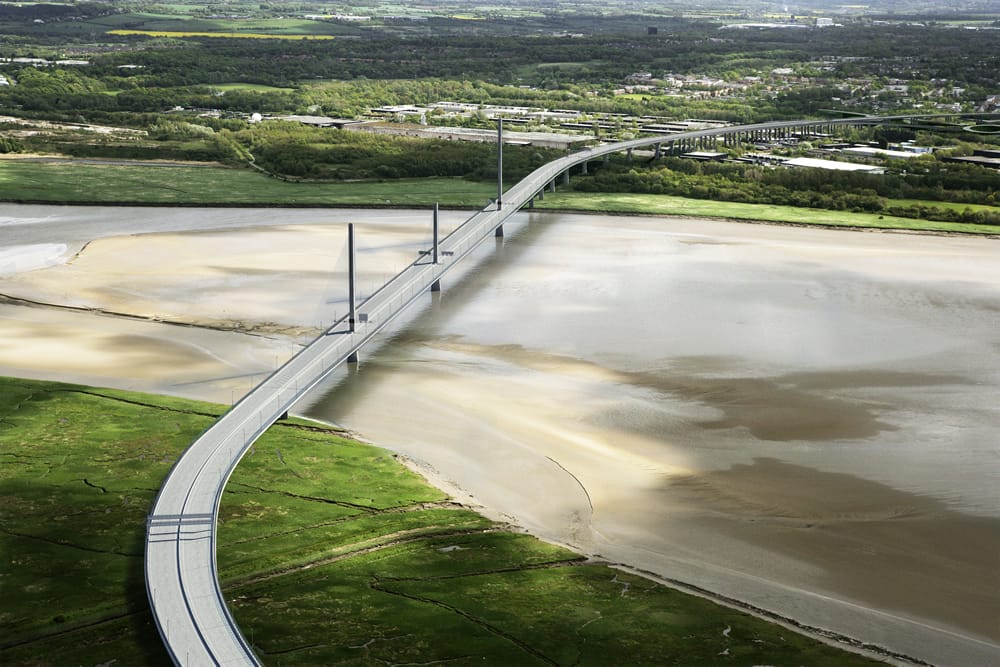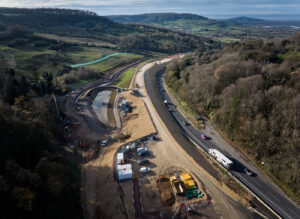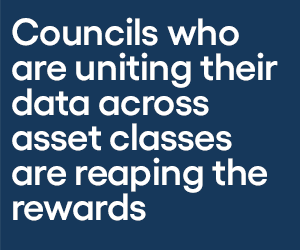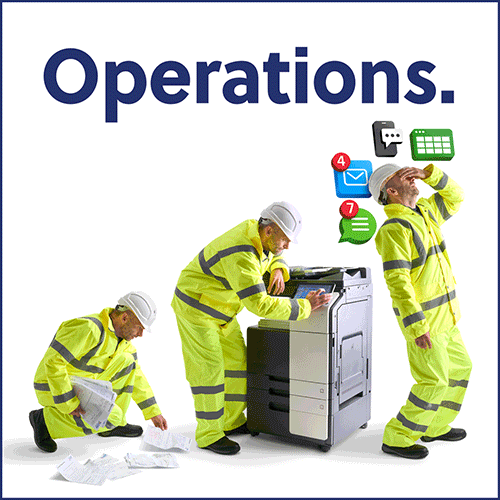ClearTech Engineered Solutions is a Dublin-based specialist engineering consultancy that offers structural engineering & post-tensioning solutions for bridges, buildings, roads and other civil/structural engineering projects.
Here, CEO Feargal Cleary explains to Highways News how software has helped them to deliver infrastructure projects more efficiently.
Why is cloud-based working and software that supports collaboration so essential on major infrastructure projects?
While ClearTech has been an early adopter in terms of innovation in engineering and welcoming new technologies, like many companies Covid saw us explore and embrace cloud-based working.
With the development of key software it is now very clear that we can develop better processes that help us to quantify costs, set KPIs, reduce risk and offer a more efficient end-solution on major infrastructure projects.
So what was the process like before you embraced the new software?
Before you had to open up your drawing in AutoCAD and in a complex project, you could very quickly get lost. Then with better software solutions you could do so many things, such as calibrate your drawings or use the columns to set up simple things like pricing.
Before, we would have to sit down and colour in the drawings by hand, so we knew exactly what quantities we had. It looked archaic. But with say, Bluebeam, for instance, it’s so much more professional. It made everything more accurate and cut out human error. Measurements are done in the software, rather than relying on an old scale rule. It’s the first programme we open in the morning.
Looking back at your highways projects, how do you think today’s software would have helped?
Well consider the Mersey Gateway project, which had so many different facets. You had the big bridge, the cut-and-fill sections, your road sections. And you’re trying to pull all that information together, from all the different consultants, and it constantly needs updating. So, what could the likes of Bluebeam have done? It could have made everything a lot more accurate and easier to deal with the constant changes. We had to keep going back and doing everything over.
What are the biggest challenges that you face on infrastructure projects and how does technology and software help?
Collaboration and coordination is by far the greatest challenge in any project. By having a cloud-based, 24-hour world-wide access system, it helps the many different disciplines that are involved on projects to work together effectively.
That said, with the level of data and information that is now available on a project, it can in fact create a headache, especially if coordination of all disciplines is required before a design is set to commence.
We have found that BIM co-ordination and project management has become a more important role in ensuring the success of the project. The right tools are crucial and, while models are important to have, sometimes a simple 2D drawing can be easier, because people are used to them and it’s more accessible to the people on site and the clients.
Where do things go wrong when implementing new technology on projects, including software?
In general, our experience has been positive when implementing new technology. In ClearTech we have always embraced new technologies and methodologies to enhance the speed, accuracy and efficiency of our projects.
It is however, sometimes challenging to implement change where there may be resistance or where additional training is required, which can cause delays. It can also be challenging to ensure efficient dissemination throughout the team and co-ordination with the QA/QC system.
There is also, of course, a risk of GIGO (garbage in, garbage out) or as mentioned above, the risk of having just too much information! However, with good training and good management, these risks can be reduced and controlled, and overall we have found the benefits greatly outweigh the risks.
In your view, where would you rate the industry on its digitalisation journey?
I think the industry can be slow to change and this has been the problem over a long number of years. However, now the industry has had to embrace digital transformation.
The problem is that it has thrown up a whole raft of things, a lot of noise, and everyone has an opinion on what’s best. That means you can be using one system, but a client specifies another. That can create barriers.
But every industry is being impacted by Moore’s Law and the construction industry is no different. We are also faced with the additional challenge of achieving Net Zero. This is being helped and amplified by the digitisation of the industry.
As construction professionals, we need to embrace this and accept the challenge. As we say in ClearTech, we need to “choose to compete.” Innovation and digitisation is our chosen way forward.
(Picture – ClearTech)























